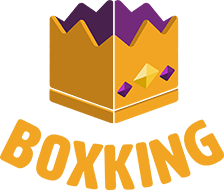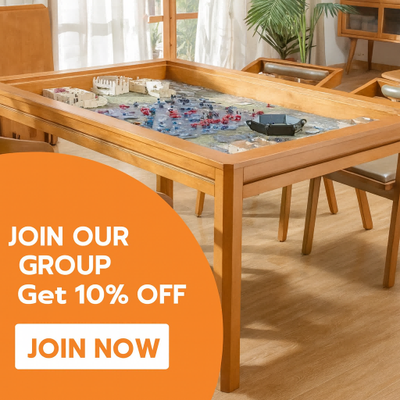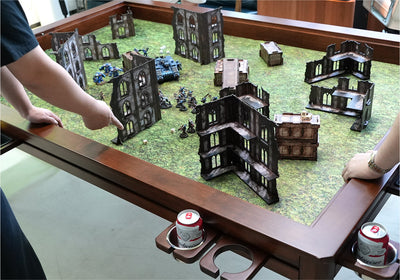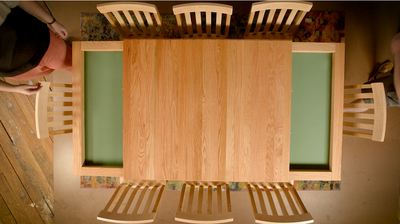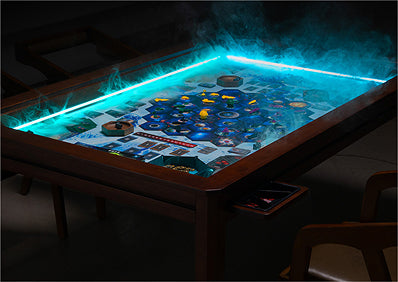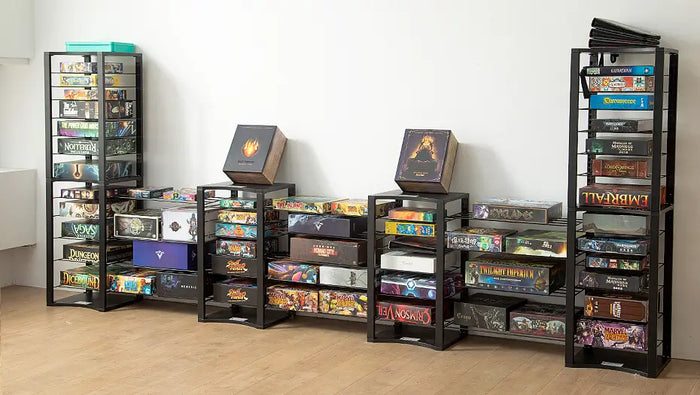How to Choose the Right Board Game Table Size for Your Room
Have you ever tried squeezing six people around a table clearly meant for four? Or realized that a brand-new board game table dominates the play area before the dice are even unwrapped?
Finding the right size table elevates the numbers on the board—while also considering comfort, breathing room, and ensuring every game night feels effortless.
The challenge? Board game tables come in so many shapes and sizes it’s easy to get overwhelmed. But in reality, size is the key to whether your experience succeeds or fails. Choosing the right size can make your game nights unforgettable; choosing the wrong one can mean awkward seating and wasted space.
That’s why we put together this guide. By the end, you’ll know which table size best fits your home, your group size, and your play style—so you can focus on what really matters: enjoying the game.
Contents
1. Common Board Game Table Sizes
The first question when buying a board game table is: How big should it be? While there are endless options, most tables fall into several standard size ranges. Understanding these common sizes helps you narrow down your choices quickly.
Note: Exact dimensions vary by brand, but most board game tables align with standard dining table sizes. Here’s a quick reference:
| Table Size | Length (cm/inches) | Width (cm/inches) | Height (cm/inches) | Best For |
|---|---|---|---|---|
| Small | 90–120 cm (36–48 in) | 70–80 cm (28–32 in) | 73–76 cm (29–30 in) | 2–4 players, compact spaces |
| Medium | 150–180 cm (60–72 in) | 85–95 cm (34–38 in) | 73–76 cm (29–30 in) | 4–6 players, most common size |
| Large | 200–240 cm (80–95 in) | 100–110 cm (40–44 in) | 73–78 cm (29–31 in) | 6–8 players or large groups |
Now that you know the typical ranges, the next question is: Which one best fits your events and space?
2. Measure Your Space
Before picking your ideal table, first figure out how much usable space you really have. A table that looks small online often takes up more room than expected once it’s inside your home.
Grab a measuring tape and record the length and width of the area where the table will go. Leave enough clearance for chairs, walking space, and other furniture. A practical rule of thumb: allow at least 30–36 inches (75–90 cm) around the table so players can sit and move comfortably.
If your home layout is tight, space efficiency is crucial. For ideas, check our guide: A Practical Guide: Small Game Room Board Game Storage Tips. With the right approach, even compact rooms can feel both functional and cozy.
By knowing your room’s measurements ahead of time, you’ll avoid buying a table that overwhelms your layout—and you’ll know whether a small, medium, or large table suits your lifestyle.
3. How Many People Will Use It Regularly?
How many chairs can fit is important, but even more critical is who will be sitting there most often. Think about your “core group.” Is the table for a couple playing two-player strategy games several nights a week? A family of four every weekend? Or a big group that only gathers once a month?
Your table size should ensure comfort for your regular sessions. Occasional large gatherings can be handled with temporary solutions like folding tables or side tables, but your main table should suit your weekly needs.
Also consider age and play style of your group. Kids may need extra room for components, while adults often prefer organized seating for conversation and turns. If you enjoy long campaign games lasting multiple days, you’ll need space for both people and ongoing setups.
Key point: Don’t buy for rare occasions. Instead, size your table for the number of people who sit around it most weeks. That way, it becomes part of daily life, not just a piece of furniture for the occasional game night.
4. Set Your Budget
Once you’ve considered space and group size, the next key factor is how much you’re willing to spend. Board game tables range widely in price—from budget-friendly basics to luxury handcrafted designs costing thousands. Setting a budget early helps narrow choices and prevents falling in love with something out of range.
When setting your budget, think about what matters most:
- Features: Do you just need a flat surface, or do you want extras like recessed play areas, cup holders, or dining toppers?
- Quality & Materials: Solid wood costs more but lasts longer, while laminate is more affordable.
- Flexibility: Custom or expandable tables may have higher upfront costs but adapt to different group sizes and last longer.
For a detailed comparison of popular models—including price, size, and features—see our in-depth guide: Custom Gaming Tables: The Ultimate Guide.
With a clear budget and priorities, you’ll balance what you want with what you can spend—and find a table that feels like an investment, not just a purchase.
5. Beyond Length: Consider Shape and Proportions

Most people focus on length when choosing a table—but width and overall shape are just as important, sometimes even more. The design directly affects comfort, gameplay flow, and immersion.
A 4 ft × 6 ft table is one of the most versatile setups. It provides enough space for most medium-to-large games, comfortably seating six players, and up to eight for casual party games. Titles like Twilight Imperium 4th Edition, Axis & Allies: Global, Firefly, or Fortune & Glory all benefit from this size, since their large boards and components require extra space.
For role-playing games (RPGs) like Dungeons & Dragons, Traveller, or Call of Cthulhu, the same 4 ft × 6 ft setup is ideal for a GM and 3–4 players. With minis and maps, five is usually the max before things feel cramped. For narrative play without maps, you can easily host more.
Length determines how many can sit, while width affects accessibility. If the table is too wide, players at the edge struggle to reach the center, disrupting flow. That’s why width matters:
- Ideal range: 36–44 inches (90–110 cm)—deep enough for boards and player areas, but still accessible.
- Avoid widths over 60 inches (150 cm), as moving pieces or reading cards in the middle becomes difficult.
For most groups, the best solution is an expandable or custom board game table. Adjustable sizes let you adapt to different sessions—whether a quick two-player match, a standard four-to-six-player night, or an epic eight-player gathering. Investing in flexibility ensures long-term comfort no matter what you play.
6. Think About Customization and Expandability

No single fixed-size table works for every scenario. That’s where custom and expandable designs shine. A custom table isn’t locked into one setup—it adapts to your games, group size, and available space.
For example, use a compact setup for two-player card games, a medium layout for family board game nights, and unlock the full 4 ft × 6 ft configuration for epic campaigns like Twilight Imperium or large RPG sessions. This flexibility ensures you’re never stuck with the wrong size.
Custom designs also grow with you. As your collection expands or living space changes, your table adjusts instead of becoming obsolete. Many gamers value this highly—it’s like having multiple tables in one.
For a real-world example, see our article What Makes Ironside 2.0 the Ultimate Game Table?. The Ironside 2.0 system demonstrates nearly unlimited expandability, giving you control over size, style, and function—perfectly showing how modern gaming tables redefine flexibility.
